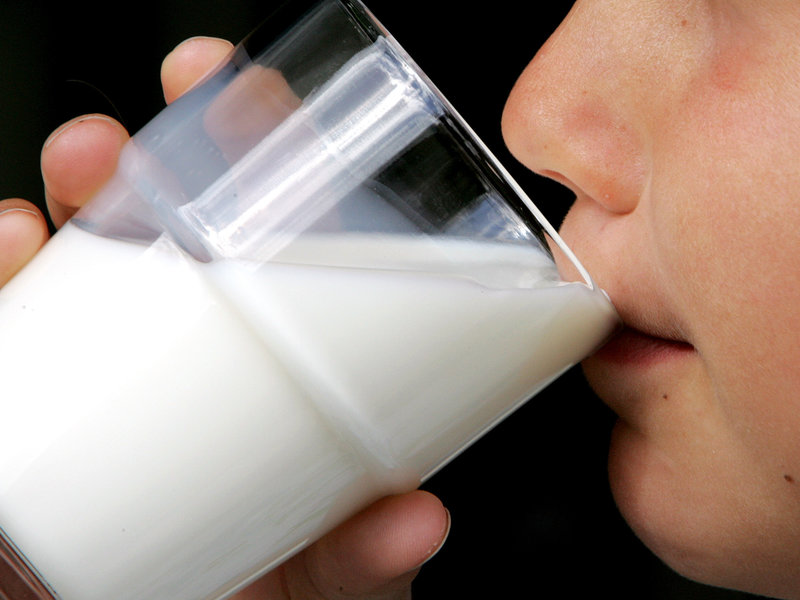Lactic allergy, more commonly known as milk allergy, is one of the most common allergies that people have. It occurs due to an immune system reaction to certain proteins found in milk. There are various kinds of lactic allergies such as the following.
Cow Milk Allergy
Many different proteins in cow’s milk can be the cause of this kind of allergy. The most common of these is the alpha S1-casein protein. People with cow’s milk allergy are usually allergic to milk from other animals such as goat, buffalo and sheep as well. Symptoms of cow’s milk allergy includes- vomiting, bloody stools, stomach pains, rashes and hives. Sometimes anaphylaxis, may occur- in that case, immediately rush to the emergency department!
Breast Milk Allergy
According to health guidelines, a newborn should be exclusively breastfed for 6 months of life. After all, breast milk is the best source of nutrition for a child, and can even help protect the baby from infections. However, there are some rare instances when the baby is allergic to breast milk. This usually occurs in mothers who drink cow’s milk. The allergic proteins in the cow’s milk such as alpha S1 caseins and whey can be transferred to the child through breast milk. Sometimes, if the baby is allergic to other allergens such as eggs, nuts, wheat, shellfish or citrus. The tiny proteins from these food items can also make way into the breast milk- causing allergic reactions in the baby.
In cases of suspected breast milk allergy, you should look out for symptoms such as- vomiting, crying and grunting (which may indicate stomach pain), blood in stool, slime-like feces/diarrhea, itchy rashes, hives, watery eyes or nose, coughing, wheezing and swelling of lips, tongue or throat.
Almond Milk Allergy
Although almond milk seems like a good alternative to cow’s milk, sometimes that is not the case. Tree nuts like almonds comprise a hefty portion of allergies as well. Statistics show that at least about 50% of people with peanut allergies are also allergic to almond milk.
Symptoms of these allergies include- nausea, vomiting, abdominal pain, diarrhea, swelling, itching, hives, breathing difficulties and wheezing.
Although people usually outgrow cow’s milk allergy, it is not the same for tree nuts. These allergies are very likely to last a lifetime. Studies show that only about 9% children will outgrow it.
Rice Milk Allergy
In the West, it is quite rare to find people allergic to rice. However, in some Asian countries such as Korea and Japan, rice allergies are beginning to rise. This is astounding because these countries have been using rice as a staple food for more than 3 decades. Symptoms of rice allergy consist of rashes, hives, redness of skin, swelling, runny or stuffy nose and wheezing.
On the other hand, in the the West, rice milk often acts as a good supplement to cow’s milk. For children who are allergic to cow’s milk, it can truly be a savior!
Soy Milk Allergy
Although some parents supplement cow milk with soy milk, it is important to watch out for soy milk allergy too. This is because soy is one of the 8 most common allergens in children. Symptoms of this allergy include- hives, itching, flushing, runny nose, abdominal pain, swelling of lips, throat or tongue, wheezing and diarrhea.
What must one do to avoid lactic allergies?
- Consider going to an allergist to figure out what you are allergic to. This may require a skin prick or other such tests.
- Try to search for supplements to the kind of milk you are allergic to.
- Always look through all the ingredients of any edible product you are buying, to make sure that it doesn’t contain allergens.
- If possible, avoid dairy products altogether. Try to find non-dairy chocolate, ice-cream, cheese and yogurt.
- Consult your allergist and always carry a an auto-injector (epi-pen) containing adrenaline which can help you tackle anaphylaxis.



